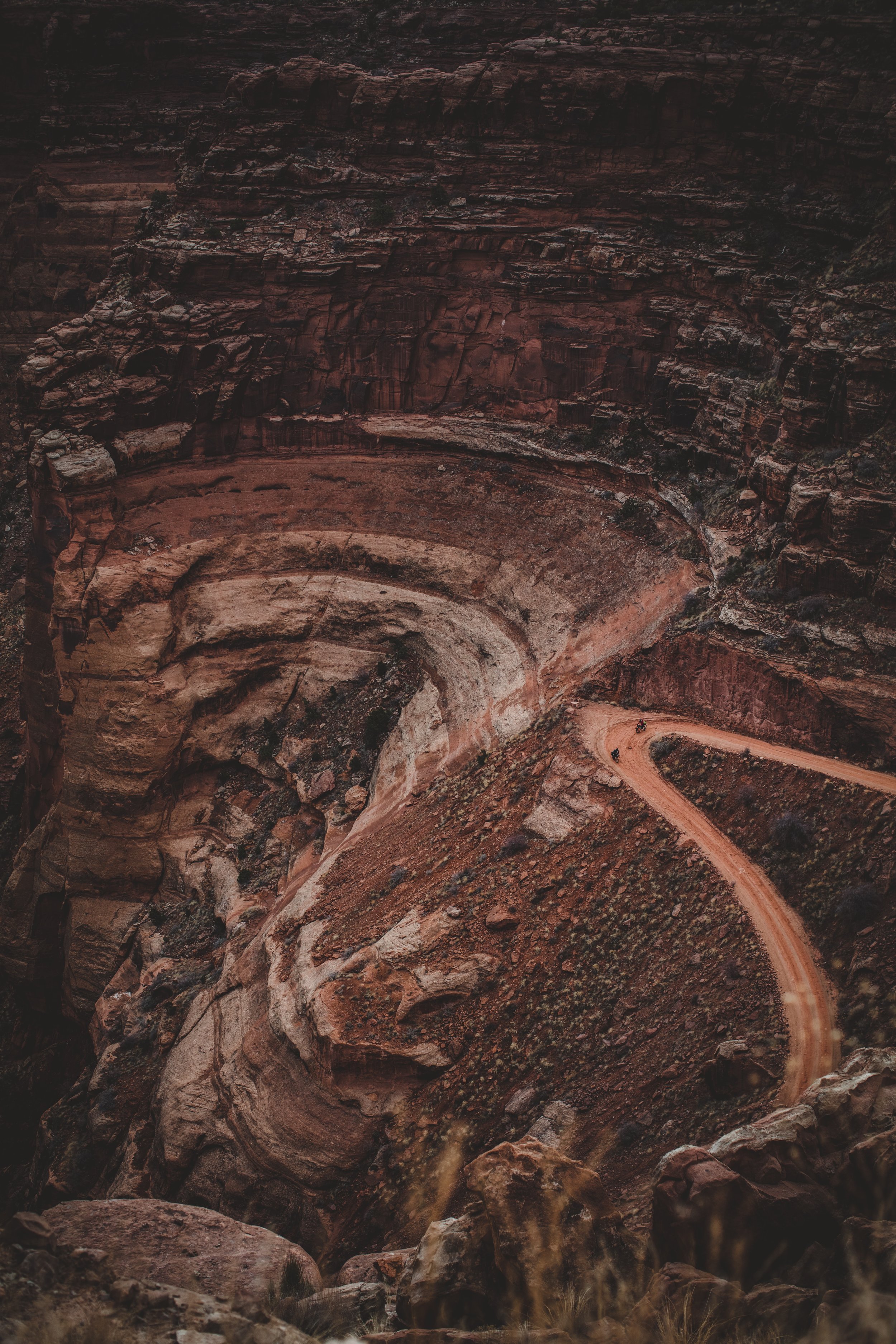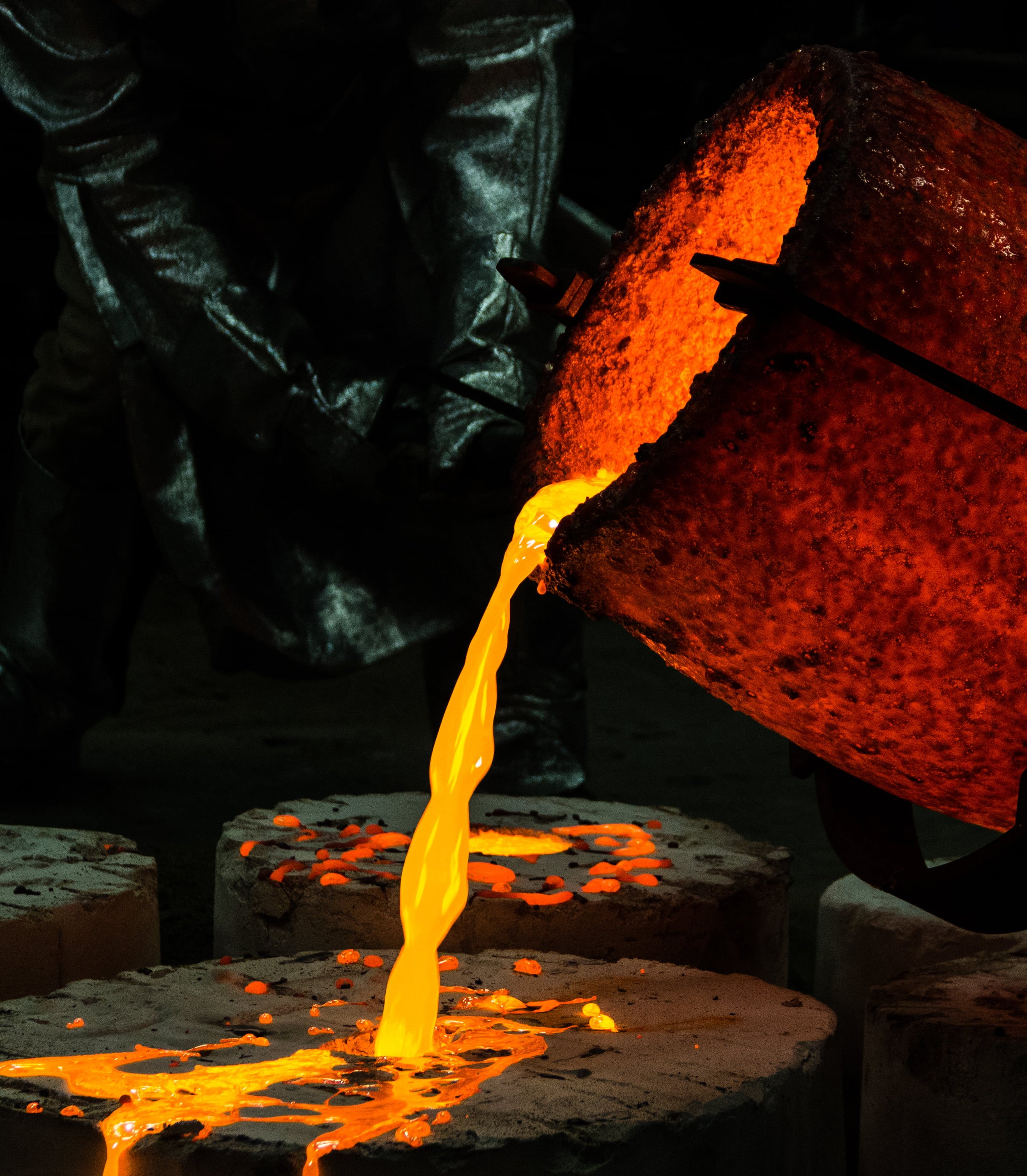GOLD MINING, AN ENVIRONMENTAL TRAGEDY
As a guarantee of monetary stability, gold is also used in many fields, including jewelry. A highly sought-after precious metal, it has unfortunately become, through its extraction methods, a black beast for the environment.
The gold itself is not the problem, of course. Its mining methods are.
We are far from the only processes known since the gold diggers of the 19th century, then crouching in a river with their sieves.
Today, the methods are much more harmful to man and his environment. For this reason, the globalized use of gold.
Very popular in jewelry, it is also used in electronics, art, medicine, dentistry, aerospace and, of course, in currency.
190,000 tons already extracted
Faced with growing demand, world production has increased, decade after decade. So much so that the WGC (World Gold Council) estimates that 190,000 tons of gold have been mined since the discovery of the yellow metal, the equivalent of a 21-meter cube! Two-thirds of this amount was extracted after the famous "gold rush".
And almost half of them are found in our jewelry.
Today, 80% of the world's gold reserves have already been mined.
Only 54,000 tons would remain in the landfill, or 16 years of production at the current rate!
To meet this demand, and because gold is most often present in minute quantities in the reticular structures of rock minerals, gold miners use cyanide and mercury, two chemical compounds that are as powerful as they are harmful, to extract and dust the gold.
It is these components, which are extremely toxic to humans when breathed in and highly polluting to soil and water, that are the real problem. Not to mention the large-scale deforestation caused by mining facilities.
Recycled and sourced
Being aware of all this and being, as a jeweler, among the most demanding in the world, I decided to use only recycled and sourced materials.
The impact of the production of a gold jewel is indeed far from being insignificant.
A gold ring generates 20 tons of mining waste, not to mention the famous mercury and cyanide released into the water. To me, this is frightening and unacceptable.
If that same gold ring weighs about 10 grams, the GHG (greenhouse gas) emissions from the mined gold are 381.0 kgs CO2e, while they are only 1.9 kgs CO2e when it is recycled gold.
To create my jewels - all in 18 carat gold - only in recycled gold or recycled silver, thus appeared to me to be an evidence.
Especially since recycling is not synonymous with a loss of quality. Metals can be recycled over and over again without their properties deteriorating. Recycled gold is therefore absolutely identical in appearance and quality to "new" gold.
It comes from different sources: mainly old jewelry (90%), but also electronic, dental or manufacturing waste.
This ancient gold is then refined: all impurities and other metals constituting the alloys are eliminated, giving back to the original metal all its purity.
Rhodium plating: an unknown toxicity
Another thing to know: a very large part of the jewelry you can find in the market in white gold is rhodium-plated. This is a micro-layer of rhodium plated on the original piece of jewelry, which tends to fade over time. This process gives your jewelry a whiter sheen, but it is incredibly toxic, as the solution contains chemicals such as cyanide or sulfuric acid.
Again, I refuse to use this process. My white gold jewelry is not rhodium plated, so the color has a slightly darker hue.
I find natural white gold beautiful without unnecessary plating and feel it is time to know and appreciate the true color of 18 karat white gold.
Stones, diamonds : same fight
Finally, my stones follow the same discipline. From ethical mines, unheated and untreated when it comes to colored stones such as sapphires, I also like to search for and rehabilitate, when possible, old diamonds.
Beauty and quality are already within our reach, all over the world.
Why do we keep looking for them under our feet?



